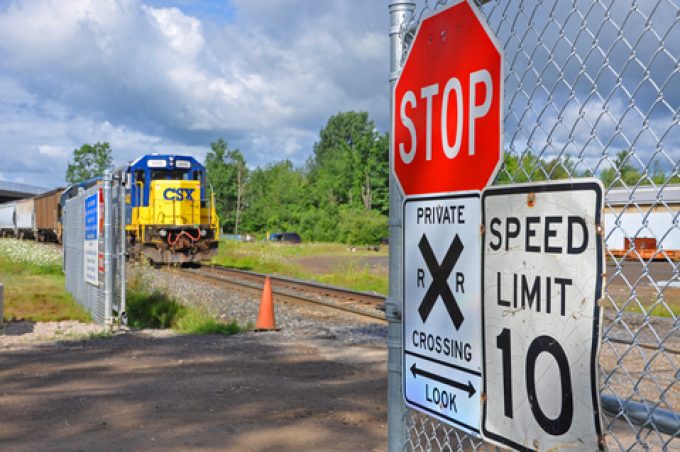The US Line: Logistics employees – beware the non-compete clause
Hell hath no fury like an employee scorned

The US Federal Rail Administration (FRA) is set to reject the push from rail carriers to bring down the minimum crew requirement for freight trains from two people to one.
With a proposal for a rule to that effect, the administration is also shifting the stakes ...

Comment on this article